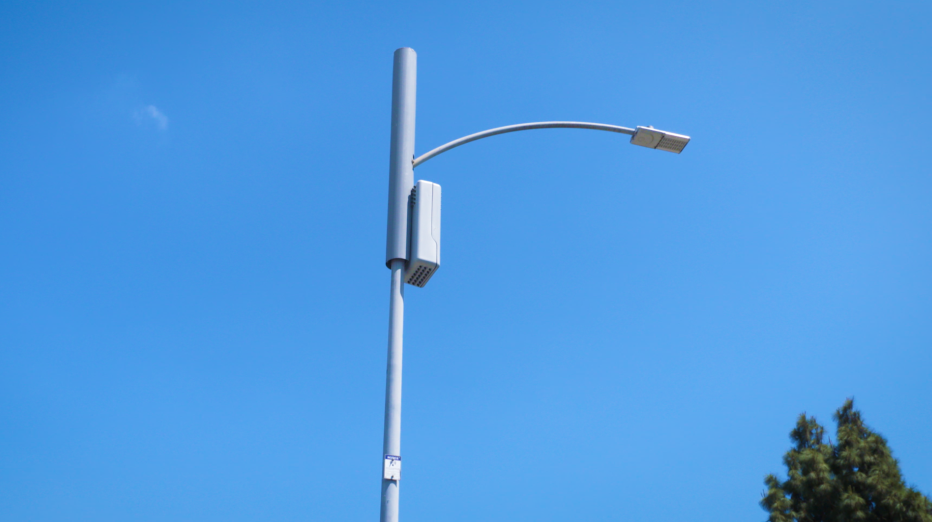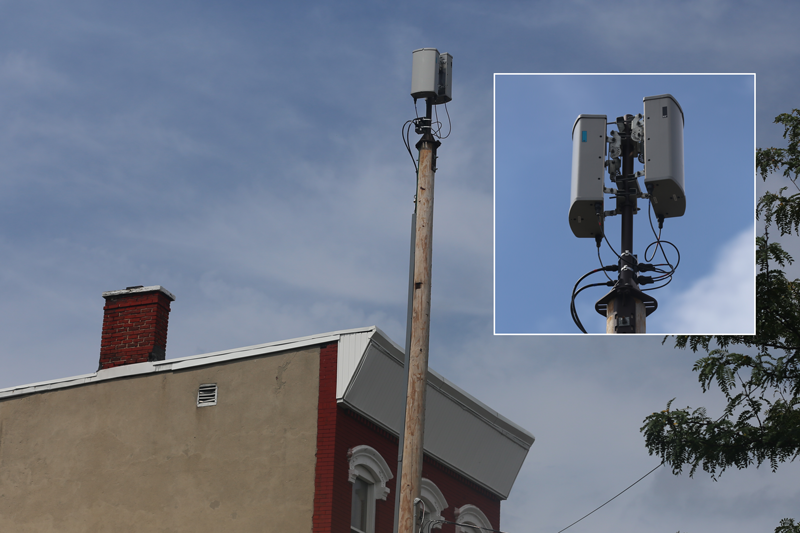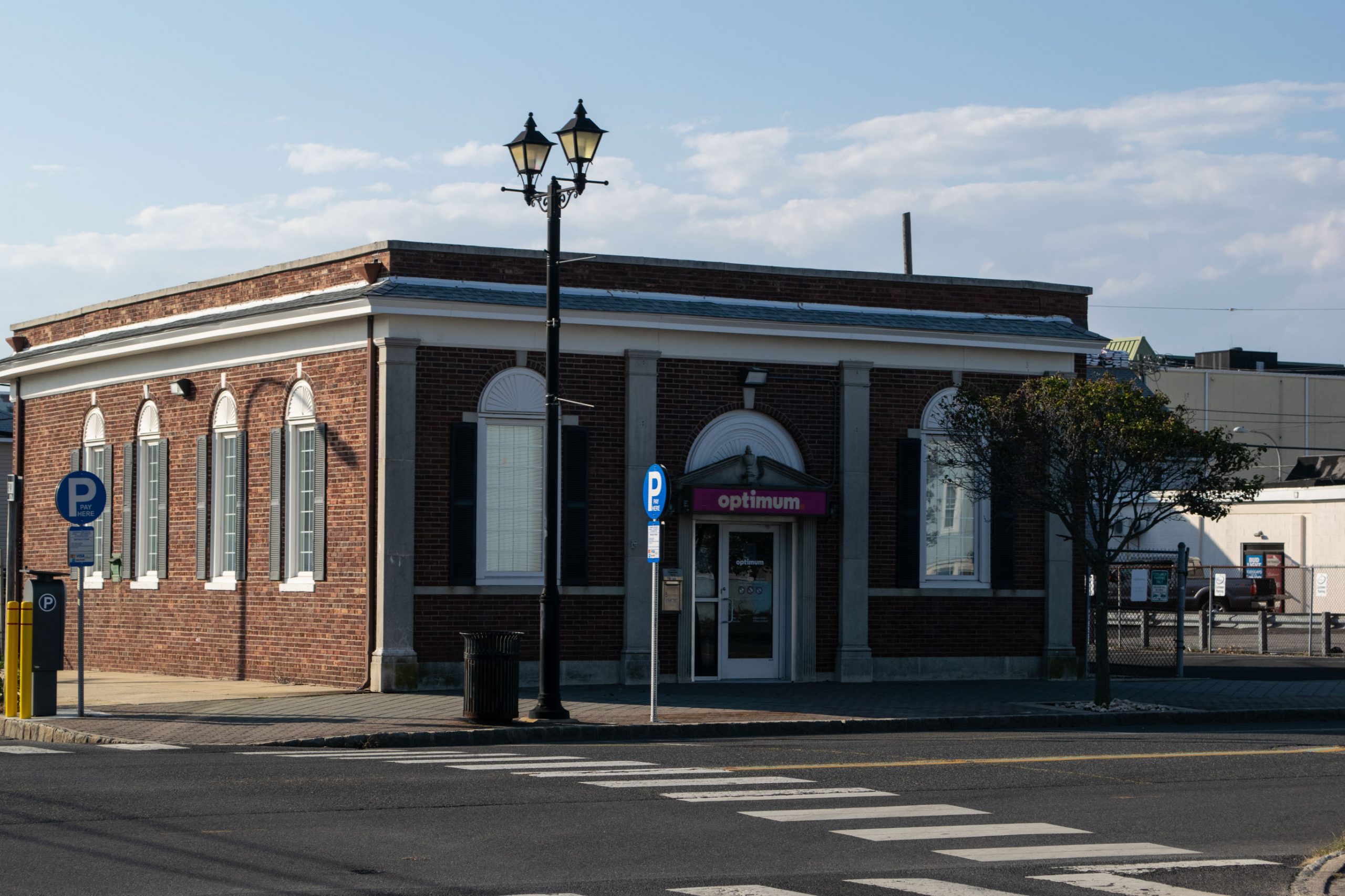Soon, technology experts say, the world will be truly wireless. The signals that carry the data that powers our mobile phones will be strong enough and fast enough to replace cable and satellite television service, wired high-speed Internet connectivity, among a host of other services, including the breadth of data required for self-driving Uber cars.
Lavallette has been targeted by Verizon, one of the first companies investing in the next-generation technology, to receive service under a continuing test rollout in communities across the country. But the plan has sparked opposition on the part of several residents and members of the borough council. The resident who has expressed the strongest opposition, Christopher Chamberlin, said he is mainly concerned about electromagnetic and radiofrequency emissions – a key concern of a number of Silicon Valley towns that have balked about at the technology. Officials said they were likewise concerned about safety, but also the aesthetic appearance of the 5G “nodes” on utility poles or street lights as well as whether Verizon and other future providers would be exempt from paying leasing fees to use municipal infrastructure. There are also concerns about property values.
The 5G wireless technology will be much different than current mobile data signals. Instead of a sky-high network of antennas over a wide area, 5G signals will be broadcast by “nodes” just above street level. That means the equipment – smaller, but similar in appearance to current antennas – will likely have to be placed in neighborhoods. The towers must be located within about 500 feet of each other, and are small enough to be placed on utility poles, street lights or even dedicated monopoles designed to blend in to a neighborhood.
A few towns in New Jersey have already been outfitted with the technology. It’s been installed on small monopoles above the Atlantic City boardwalk by a startup, Hammer Fiber Optics of Point Pleasant Beach, and a similar system by Verizon was approved earlier this year in Asbury Park. In both cases, the municipalities explicitly allowed providers to offer service after they chose the towns as 5G pioneers, but in Lavallette, the prospect of ultra high-speed data and “cutting the cord” on cable and wired telephone service could turn the borough into an unlikely battleground.
Asbury Park, in particular, granted Verizon the right to deploy a network on two main streets in exchange for the offer of free WiFi to the public. A Verizon representative addressed concerns at a November meeting of the borough council in Lavallette, but seems to have failed to overcome skepticism. The Jersey Shore town is not alone.
“Residents across the country are just now beginning to understand the harms that hasty and insensitive small cell deployments can inflict on their communities,” Jim Baller, the president of Baller Stokes & Lide, a Washington, D.C.-based communications law firm, told the New York Times in an interview earlier this year.
The providers insist that the technology is perfectly safe, but those who oppose it say neither the Centers for Disease Control and Prevention nor the Federal Communications Commission have conducted formal studies. The trend, however, has been for states to pre-emptively cut local control off at the pass, preventing potentially thousands of individuals lawsuits from being filed by municipalities over the course of years, which could effectively prevent the deployment of technology in a national footprint. New Jersey has not passed such a law, but in the past, the state did grant Verizon a statewide franchise permit for its FiOS service contingent on offering services in each county seat and the most densely-populated cities.
The CDC’s official information on EMF emissions paints an unsure picture, according to one study of workplace emissions.
“Studies have shown that some workers exposed to high magnetic fields have increased cancer rates. But such associations do not necessarily show that EMF exposures cause cancer (any more than the springtime association of robins and daffodils shows that one causes the other),” the CDC’s website says. “Scientists have looked carefully at all the EMF evidence, but they disagree about the health effects of EMFs except to say that better information is needed,” the agency said on its website.
While the Silicon Valley communities sparked headlines due to their location adjacent to the headquarters of some of the nation’s largest tech firms, there has been little in the way of opposition on the east coast. Lavallette could see itself becoming a test case for a municipality that opposes the 5G infrastructure.
“I have a feeling that the rest of the state is going to have their eyes on us to see what we do here,” said Mayor Walter LaCicero, who earlier this year was under the impression – based on Verizon’s letters to the borough – that decision-making on 5G was out of his hands.
“We were led to believe these shot clocks were all running and that it was coming, and that’s not exactly the case,” he said.
Borough Attorney Eric Bernstein has been tasked by the mayor and council with composing an opinion letter which will be delivered to elected officials, outlining options to move forward based on federal and state statutes and administrative regulations. Whether the issue could spark litigation is largely an unknown. In Sebastopol, Calif., Verizon simply “froze” its application to install the 5G network towers after months of opposition from local leaders.
The seemingly-majority opinion on 5G from Lavallette officials: “We’re not really anxious to see that occur here,” LaCicero said.

Advertisement

Police, Fire & Courts
Police Investigating Possible Shots Fired in Seaside Heights

Police, Fire & Courts
Cops: Juvenile Arrested After 118mph Joy Ride in Seaside Heights, Toms River Kills 2

Seaside Heights & Seaside Park
Seaside Heights Mourns Passing of Boardwalk Legend, Still Working Into His 90s










